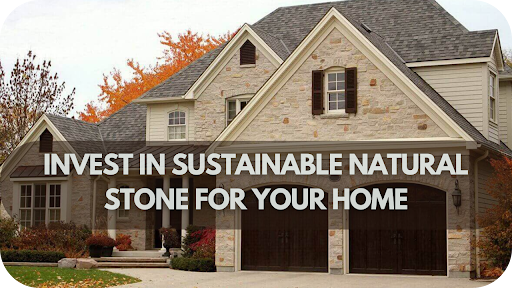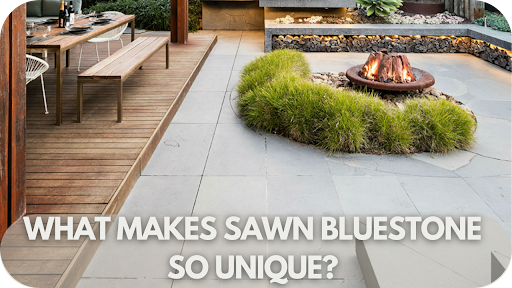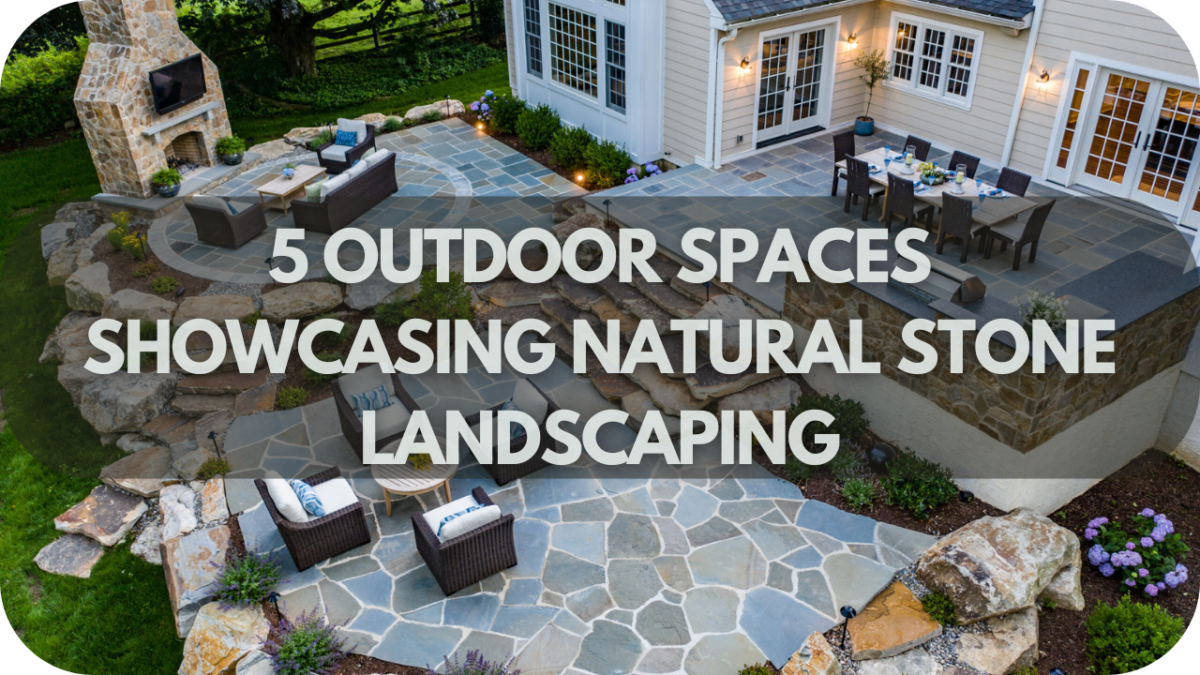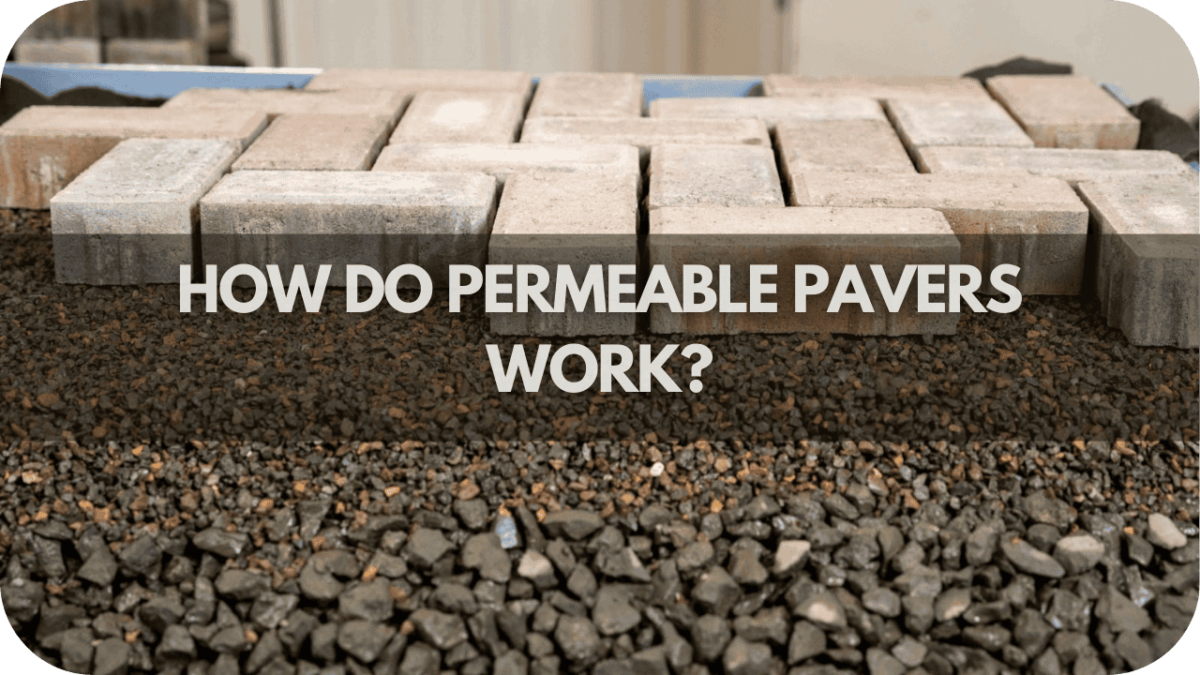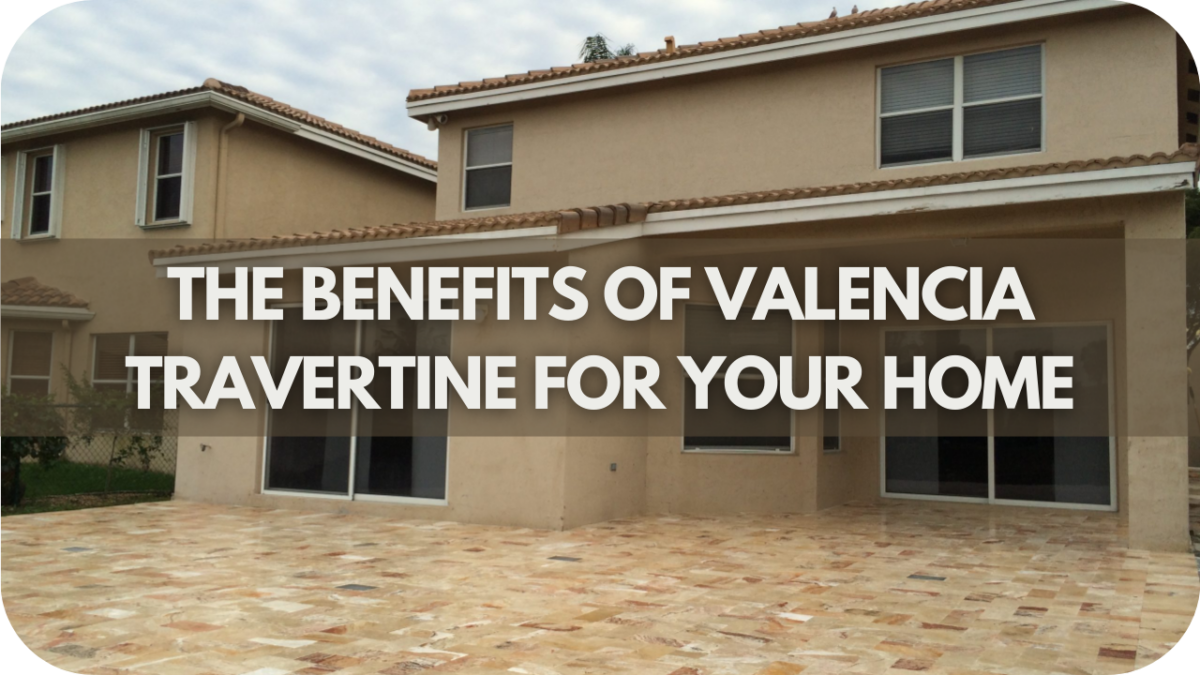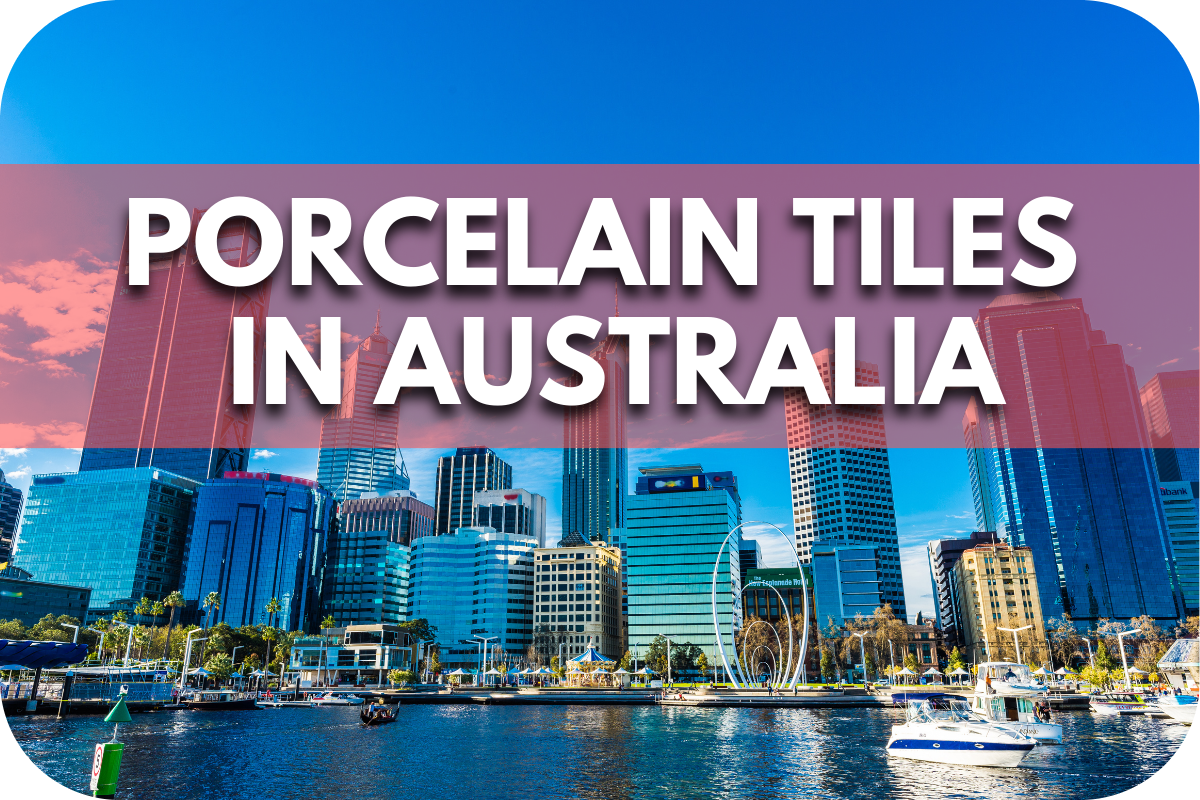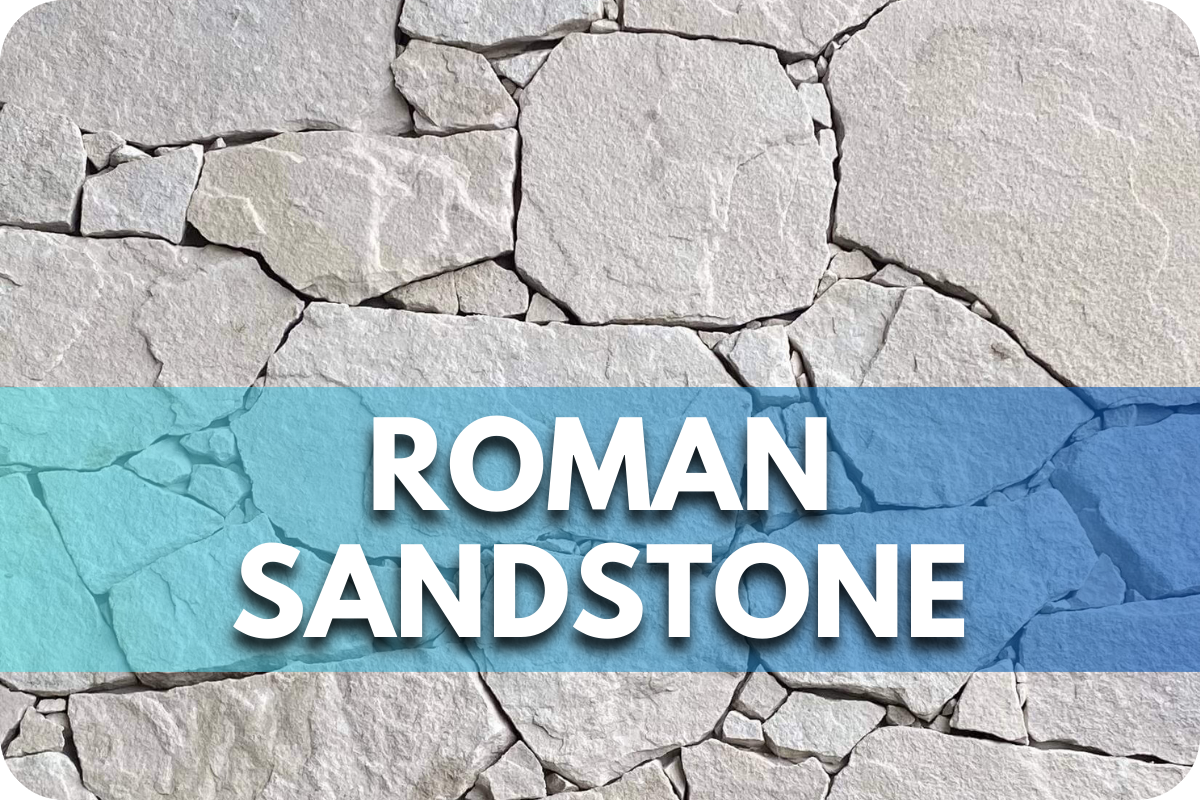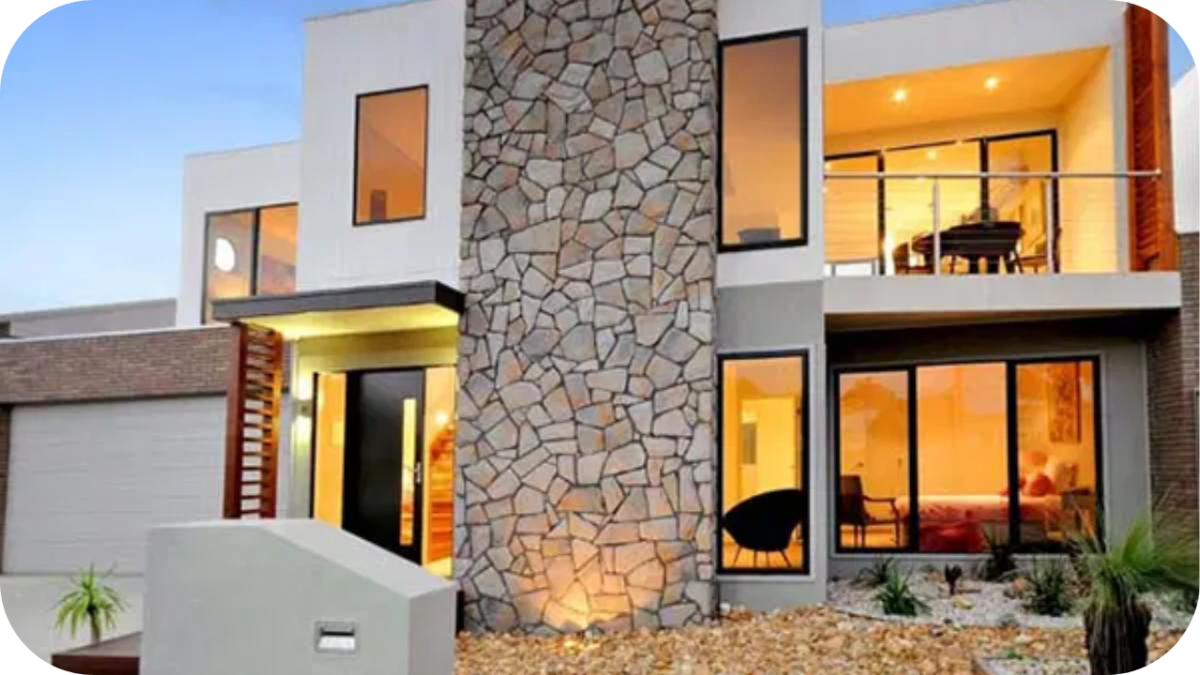New Year’s Resolution: Invest in Sustainable Natural Stone for Your Home
Last year, I resolved to make my home more sustainable, starting with the materials I chose.
Natural stone quickly stood out as the perfect choice—not just for its beauty but also for its eco-friendly benefits.
As 2025 begins, investing in sustainable natural stone is an impactful way to enhance your space while making a positive environmental difference. Explore how this timeless material can elevate your home sustainably.
Why Choose Sustainable Natural Stone for Your Home?

Sustainable natural stone offers numerous benefits for homeowners committed to eco-friendly living. Unlike synthetic materials, natural stone has a low environmental impact and requires minimal processing to be ready for use.
Choosing natural stone reduces your carbon footprint, particularly if you opt for locally sourced materials that reduce transportation emissions. Durability is another crucial advantage—stone can last for decades, reducing the need for frequent replacements and thus minimising waste.
Have you considered natural stone’s timeless appeal? It fits effortlessly into modern and traditional interiors, giving your home a sense of permanence.
The Environmental Benefits of Natural Stone

Natural stone provides notable environmental advantages, positioning it as a sustainable option for building and design.
- Quarrying and processing natural stone requires minimal energy, resulting in a low environmental impact compared to other materials.
- Using sustainably sourced or reclaimed stone further promotes responsible resource usage and reduces waste.
- Natural stone’s durability means it rarely needs replacement, reducing material consumption over time.
- Choosing locally sourced stone can lower carbon emissions from transportation, supporting a greener future.
- Incorporating natural stone in your home enhances aesthetics while supporting sustainability and reducing your environmental footprint.
Sustainable Stone Options for Different Areas of Your Home

Sustainable stone countertops are an excellent choice for kitchens and bathrooms. They offer a combination of beauty, durability, and eco-friendliness. Natural stones like granite and marble provide long-lasting surfaces that look stunning and stand the test of time, reducing the need for frequent replacements.
For flooring, limestone, travertine, and marble are popular options that add a sophisticated touch while maintaining a sustainable footprint.
Have you considered adding a feature wall made of natural stone to create a stunning focal point in your living areas? Feature walls with reclaimed or sustainably sourced stone provide an elegant way to introduce texture and character without harming the environment.
Natural stone can also benefit outdoor spaces, whether for patios or garden features, adding an eco-friendly yet luxurious touch. Choosing sustainable stone for different areas of your home ensures that your living space is beautiful and responsible, positively impacting the environment while elevating your decor.
Energy Efficiency and Natural Stone

Natural stone can significantly improve your home’s energy efficiency by helping regulate indoor temperatures. Thanks to its natural thermal properties, the stone absorbs heat during the day and releases it slowly, maintaining a stable environment. During colder months, natural stone retains warmth, reducing the need for constant heating.
Have you considered how these thermal properties can lower your energy consumption? Installing stone floors or feature walls helps maintain a comfortable indoor climate, so you’ll use less energy for heating or cooling.
Reducing reliance on artificial temperature control can lead to noticeable savings on utility bills over time.
Versatility and Timeless Aesthetic Appeal

Natural stone offers an incredible range of options suitable for traditional and modern interiors. Whether you choose marble, granite, limestone, or slate, each type of stone uniquely enhances any room’s aesthetic. Versatility is critical—natural stone can be used in kitchens, living rooms, bathrooms, and even outdoor spaces, elevating beauty and functionality.
Have you ever considered how natural stone adds form and function to your home? Stone surfaces are not only stunning to look at but are also practical, with their durability and ease of maintenance.
The classic appeal of natural stone always goes in style, making it a valuable long-term investment for your property. Natural stone can adapt to changing trends with a timeless look that suits any decor while maintaining its charm.
Low Maintenance and Longevity of Natural Stone

Natural stone is an excellent choice for homeowners seeking low maintenance and longevity in their decor. Thanks to its accessible maintenance properties, stone surfaces only require simple cleaning routines to keep them looking their best.
Occasional wiping with a damp cloth or using a pH-neutral cleaner is often all needed to maintain natural stone’s beauty. Durability is another significant advantage—natural stone can withstand wear and tear, reducing the need for frequent replacements and saving on long-term costs.
Why use harsh chemicals when natural stones are easily maintained with eco-friendly products? By avoiding abrasive cleaners, you protect the stone’s natural finish and adopt a more sustainable approach to home care.
Natural stone’s longevity ensures it retains its elegance and quality for years, making it an excellent investment. With minimal upkeep and impressive durability, natural stone remains a practical and timeless addition to any home.
Increase Your Property Value with Natural Stone

Natural stone adds a distinctive charm to your home, making it highly appealing to potential buyers. Choosing the perfect natural stone for outdoor features elevates your property’s aesthetic and signals a commitment to quality and eco-friendliness.
Have you considered how adding stone elements—like countertops, feature walls, or flooring—can provide a long-term return on investment? Natural stone’s durability ensures that these features remain in excellent condition, enhancing your property for years.
Stone’s timeless elegance adds character that is hard to replicate with other materials. Its natural textures and varied colours bring warmth and personality to any space, creating an inviting atmosphere that appeals to buyers.
Incorporating stone features enhances your home’s market value, making it a standout choice among prospective properties. Whether you want to sell in the future or boost your home’s value, investing in natural stone is a wise decision with enduring benefits.
Make a Meaningful New Year’s Resolution for Your Home

To make a meaningful New Year’s resolution for your home, focus on choices that support your lifestyle and the environment. Investing in sustainable materials aligns with 2025’s eco-conscious values, making it a perfect goal for those wanting to make a positive impact.
Sustainable home improvements are crucial for reducing carbon footprints and minimising resource depletion.
Why not start by incorporating natural stone into your home? It offers both aesthetic and environmental benefits. Consider starting with small steps—like stone countertops or feature walls—that contribute to an eco-friendly interior while enhancing your home’s beauty.
Getting started is easier than you think. Explore options like reclaimed stone or locally sourced materials that ensure minimal environmental impact.
Your choices today can have a lasting effect by creating a beautiful living space and supporting sustainability for future generations. Make 2025 the year you invest in a greener, more sustainable home.
Splendour In Stone: Your Partner in Sustainable New Year Stone Solutions
Splendour In Stone is dedicated to providing sustainable solutions that enhance your home while respecting the environment. Our commitment to sustainability extends to every aspect of our business, from responsibly sourcing natural stone to ensuring eco-friendly design practices.
Custom consultations are offered to help you select the perfect stone to suit your aesthetic preferences and sustainability goals.
Have you ever considered how sustainable stone can transform your living space? Our experts are ready to guide you through every step of your journey.
Getting in touch is simple. Visit our website or call us to discuss your ideas and make your New Year’s resolution a reality. Whether you want to upgrade a feature wall, add stone countertops, or enhance your outdoor space, Splendour In Stone is here to make your vision come to life with sustainable and beautiful solutions.
Conclusion
Investing in sustainable natural stone can transform your home while supporting a greener future.
Contact Splendour In Stone today to explore our range of eco-friendly stone options and start your journey towards a beautiful, sustainable living space.

